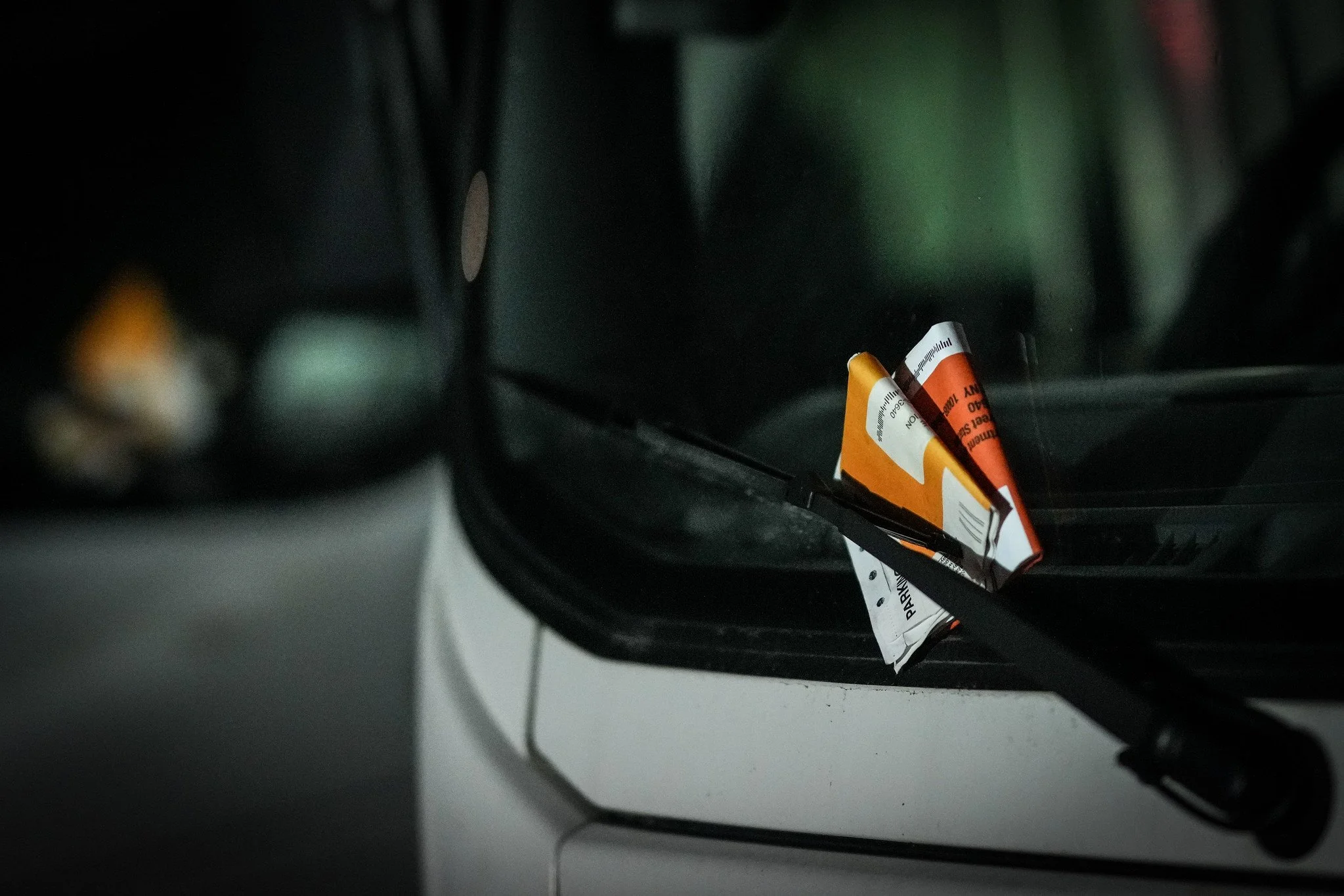Opinion: Safe truck parking doesn’t have to be a pipe dream
/An illegally parked truck in Southeast Queens. File photo by Michael Appleton/Mayoral Photography Office
By Nantasha Williams and Kendra Hems
New York City is a city of dreams, both socially and economically attainable and challenging. Yet, when it comes to finding a safe and legal parking spot, it’s more of the latter.
Anyone who travels the five boroughs sees an influx of trucks parked in curious places. Off the shoulders of highways, near cemeteries, and worst of all, in neighborhoods. This impacts residents, businesses and the drivers themselves.
Consider first that 90 percent of all goods imported to the city are delivered by truck. That includes everything from the medication at your local pharmacy to the snacks that stock your go-to bodega. Have a favorite slice? The ingredients likely came in via truck.
The trucking industry plays a critical role in sustaining the city that never sleeps. Yet, our city streets are not currently set up to support this. Nationally, there is only one commercial truck parking spot for every 11 trucks, and in dense urban communities like New York City that shortage is likely far worse.
The lack of designated parking for commercial trucks often forces drivers en route to critical commercial locations like John F. Kennedy International Airport to look for available space in residential neighborhoods like Southeast Queens. This has a disproportionate impact on communities, increasing unnecessary noise and pollution as well as inconveniencing residents.
Another factor to highlight, federal hours-of-service regulations require drivers to take ten hours of off-duty time following 14 hours of on-duty time. Without the proper parking necessary to accommodate these breaks, drivers are left with no alternative option than the same residential neighborhoods.
The city’s Department of Transportation needs to establish overnight curbside parking areas for commercial vehicles within Industrial Business Zones (IBZs). This would ensure that truck drivers have access to increase overnight parking opportunities in the areas that make the most sense for commercial activity.
Thankfully, the City Council has an opportunity to implement this solution by adopting The Trucks Resting in Urban Communities (TRUC) Act. The TRUC Act leverages the existence of IBZs, which were created in 2006 to support industrial and manufacturing firms. Comprised entirely of manufacturing-zoned land, there are 21 IBZs throughout the city, including land in the Brooklyn Navy Yard, Jamaica, Bathgate and on the Northshore of Staten Island.
The TRUC Act is a commonsense solution to connect drivers with more convenient space for essential overnight breaks while lowering congestion, noise disruption, and air pollution in residential neighborhoods. Overnight curbside parking in IBZs will give drivers access to parking outside of residential areas and within zones that already generate significant trucking demand. What’s more, these parking locations will first be presented to local community boards to ensure there are no residential conflicts.
By passing the TRUC Act, the City Council can make this a city of dreams – where drivers can successfully operate their businesses to the benefit of all. It’s the kind of smart urban planning that can keep our city and residents moving forward.
Nantasha Williams is a councilmember in New York City, representing District 27 in Southeast Queens. Kendra Hems is the president of the Trucking Association of New York.




